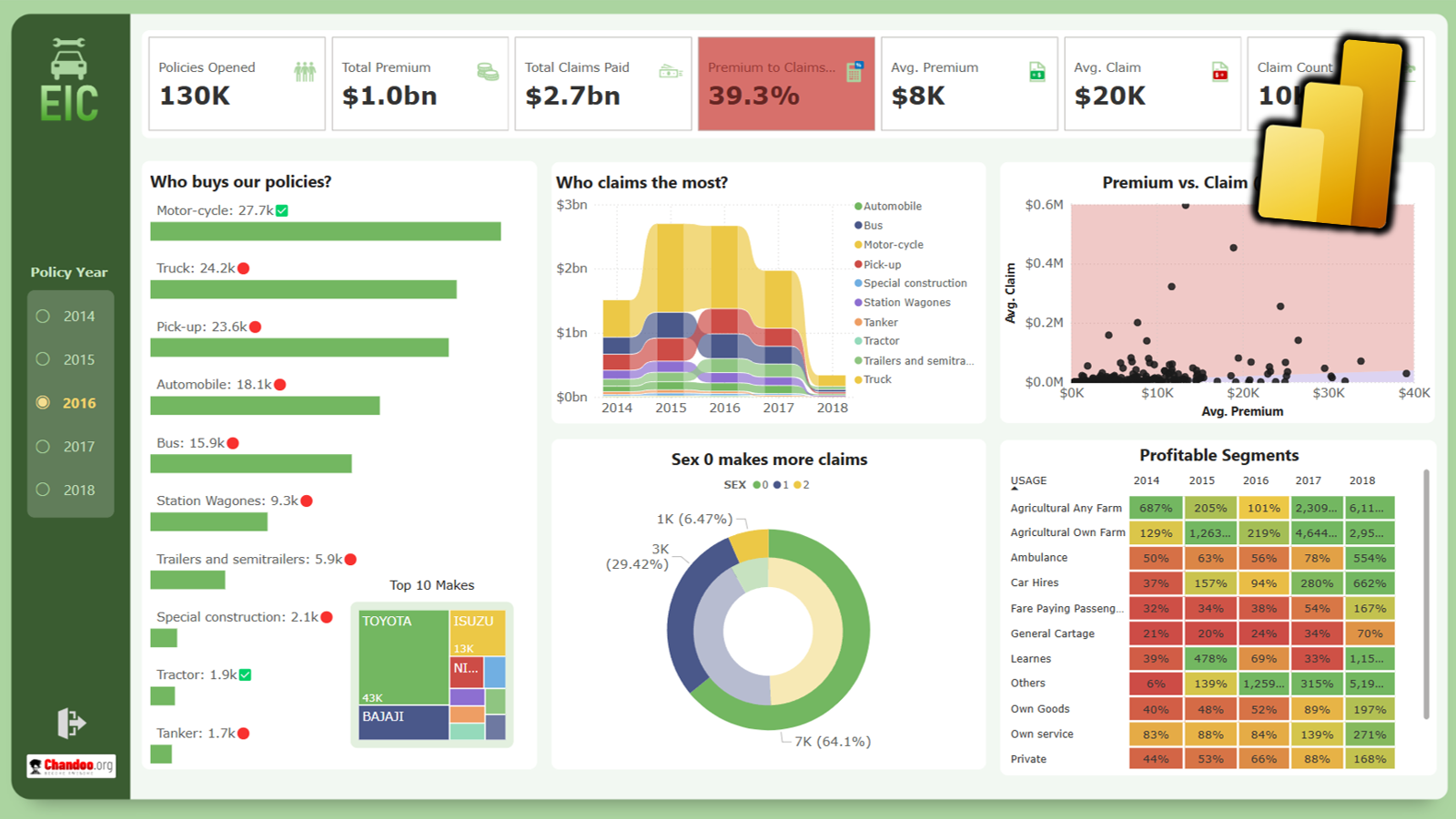Excel text functions are useful for cleaning up text / alphanumeric values, extracting parts of cell and presenting combined results in output pages. In this article, learn the most important TEXT Functions in Excel with 6 everyday examples.

The 6 Important Text Functions
LEFT Function
Use LEFT function to extract portion of text from left.
Examples:
=LEFT(“Chandoo”, 2) will be Ch
=LEFT(A1, 4) will be first 4 letters of A1 value
RIGHT Function
Use RIGHT function to extract portion of text from right.
Examples:
=RIGHT(“Chandoo”, 2) will be oo
=RIGHT(LEFT(A1, 4),2) will be two letters from the middle, starting from 3rd letter of A1.
MID Function
Use MID function to extract portion of text from middle, from a specified starting point.
Examples:
=MID(“Chandoo”, 5, 2) will be do
=MID(“Chandoo”, 4, 99) will be doo
LEN Function
LEN function measures the length of a text in number of characters.
Examples:
=LEN(“Chandoo”) will be 7
=LEN(A1) will be the length of contents in A1. If A1 is empty, this will be 0.
FIND Function
Find the starting position of a text in another text using FIND function.
Examples:
=FIND(“do”, “Chandoo”) will be 5
=FIND(“DO”, “Chandoo”) will be error as find is a case-sensitive function
=SEARCH(“DO”, “Chandoo”) will be 5.
TEXTJOIN Function
Combine (concatenate) a bunch of values with a specified delimiter.
Examples:
=TEXTJOIN(“,”,FALSE, “Chandoo”,”Jon”,”Mike”) will be Chandoo,Jon,Mike
=TEXTJOIN(” “, TRUE, A1:A10) will combine all non-empty values in range A1:A10 with space as delimiter.
The 6 Everyday Examples
Now that you know the 6 important functions, let’s see them applied in 6 everyday situations.
For the purpose of these examples, we will use below sample tabular data & structural references.
1) Gender code (M for male, F for female)
Use the formula =LEFT([@Gender], 1) to get make the gender letter code.
2) Extract first name from name
Use the formula =LEFT([@Name],FIND(” “,[@Name])-1) to get the first name.
FIND gets the position of space, left gets everything before that.
3) Extract last name from name
Try the formula =MID([@Name],FIND(” “,[@Name])+1,99) to get the last name.
FIND gets the position of space, mid gets everything after that.
4) Print name in Last name, First name format
The formula =MID([@Name],
FIND(” “,[@Name])+1,99)
&”, “&LEFT([@Name],FIND(” “,[@Name])-1)
will convert value in Name column to last name, first name format.
It is a combination of the formulas shown in 2 & 3.
5) Combine all male staff names in to one cell
The formula =TEXTJOIN(“, “,TRUE, IF(staff[Gender]=”Male”, staff[Name],””))
will return all male staff names in the table staff.
The IF formula generates a list of all male names or blanks. TEXTJOIN ignores the blanks (second parameter is TRUE) and combines the values with a comma as separator.
6) Word count of a sentence
Assuming you have sentence in cell D6, the formula
=LEN(D6)-LEN(SUBSTITUTE(D6,” “,””))+1
will tell you its word count.
The SUBSTITUTE formula removes any spaces (by subbing them with nothing) and LEN is used to measure the length.
Download the sample file
Click here to download the sample file and practice these functions.
Important Text Functions in Excel Video
If you want a video guide that explains these functions in detail, check it out below or find it on my YouTube channel.
Need a text function? Tell me in comments
Are you trying to make formula to get something done with text in Excel? Let me know in comments what you need and I will try to help.
Also, if you have a favorite Excel text formula trick or patterns, share it so we all learn from each other.




















6 Responses to “Nest Egg Calculator using Power BI”
Wow! What a Powerful article!
Hello Chandoo Sir
your file does not work with Excel 2016.
how can I try my hands on this powerful nest egg file ?
thanks
Ravi Santwani
@Ravi... this is a Power BI workbook. You need Power BI Desktop to view it. See the below tutorial to understand what Power BI is:
https://chandoo.org/wp/introduction-to-power-bi/
As always, superb article Chandoo... 🙂
Just one minor issue:
While following your steps and replicating this calculator in PowerBI, I found that the Growth Pct Parameters should be set as "Decimal number" not "Whole Number"
OR
we have to make corresponding adjustments in the Forecast formulas (i.e. divide by 100) to get accurate results.
You are right. I used whole number but modified the auto created harvester measure with /100 at end. Sorry I did not mention it in the tutorial.
Instead of
[Growth Pct 1 Value]/12
the monthly rate has to be
(1+[Growth Pct 1 Value])^(1/12)-1
It's a slight difference but in 30 years the future value will be $100k less.